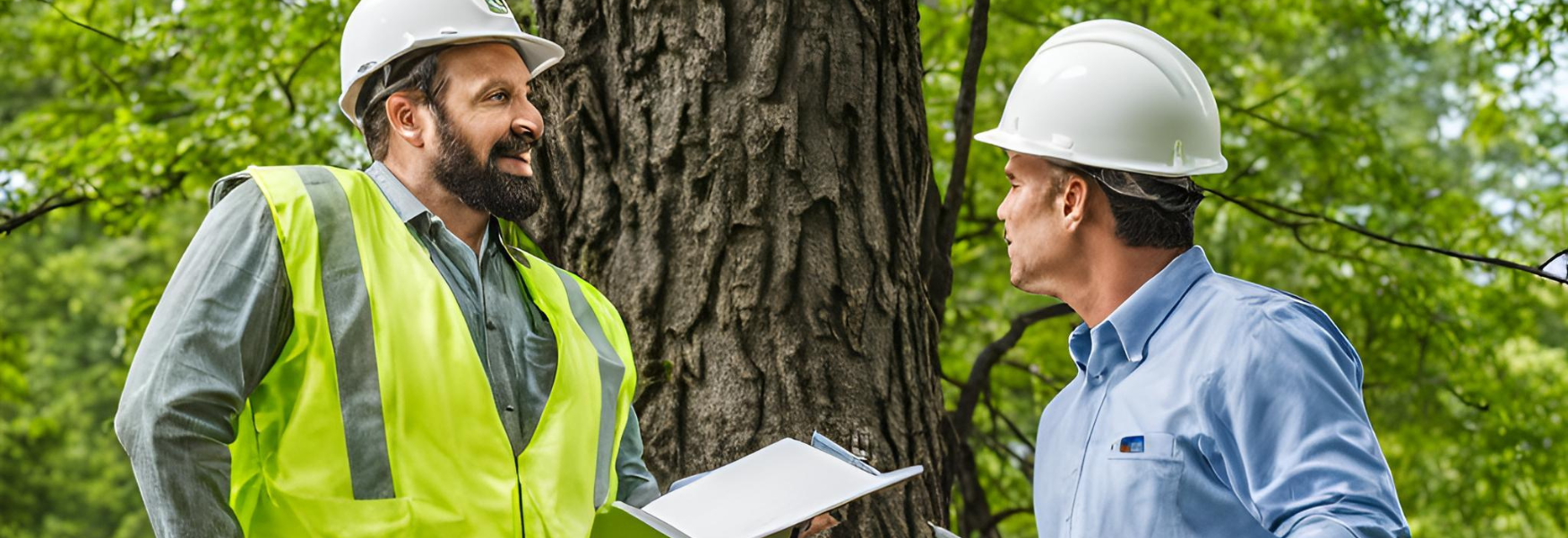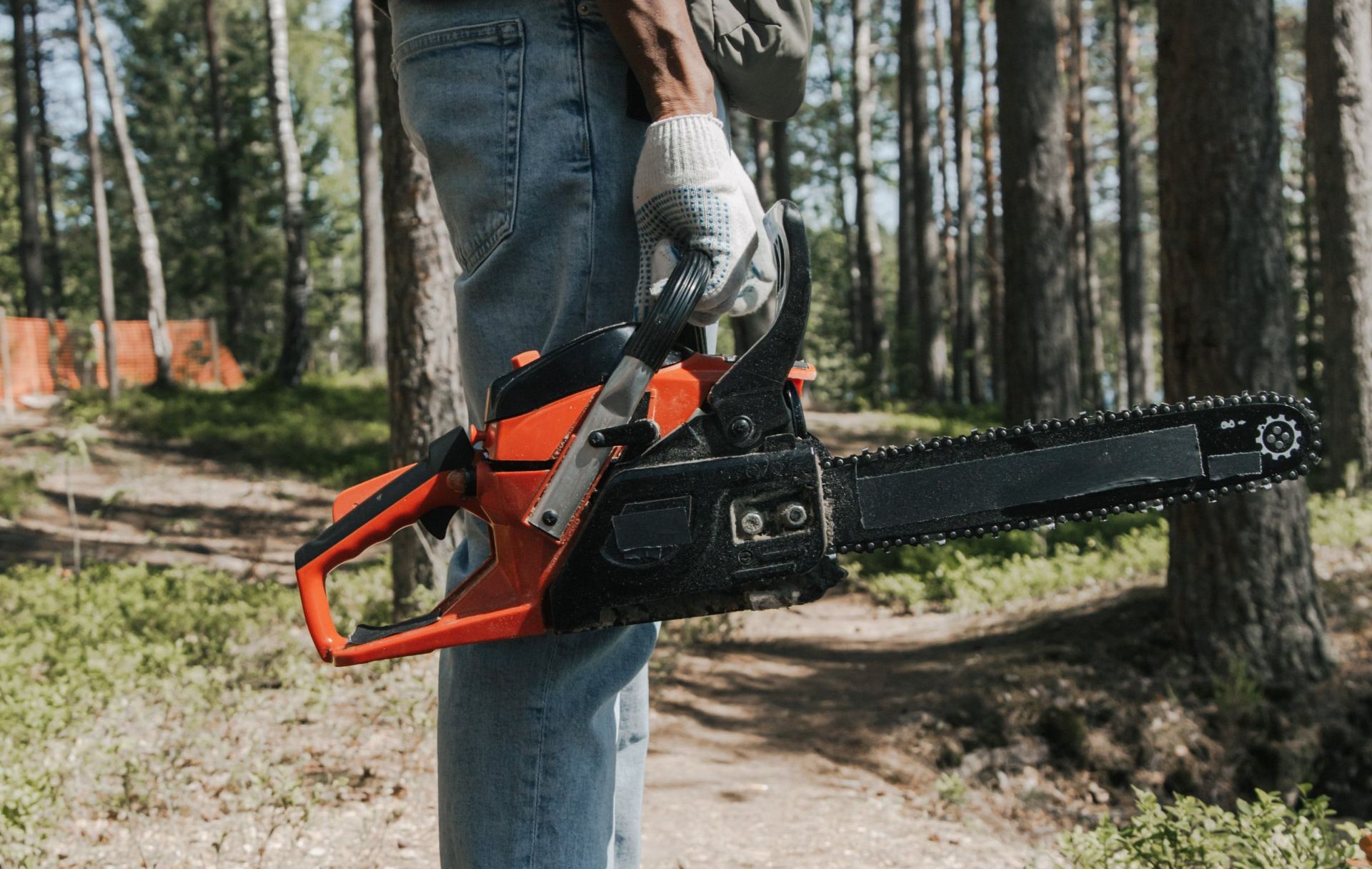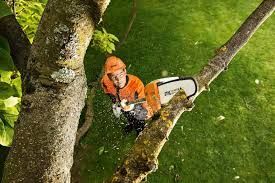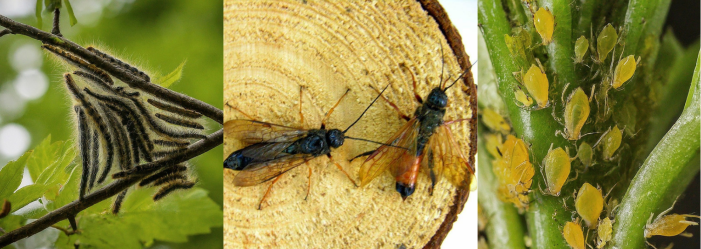As the warm days of early summer arrive in Upstate New York, the region's lush landscapes come alive with vibrant greenery.

For homeowners and property managers, this is a critical time to focus on tree care to ensure your trees remain healthy, safe, and beautiful throughout the season. Upstate New York's unique climate, with its warm summers, occasional thunderstorms, and diverse pest pressures, demands a proactive approach to tree maintenance. In this comprehensive guide, we’ll explore essential early summer tree care practices tailored to the region and recommend a professional care program from Anjoe Tree Service to keep your trees in top condition.
Why Early Summer Tree Care Matters in Upstate NY
Early summer, typically from late May to early July, is a pivotal period for tree health in Upstate New York. Trees are in full leaf, actively growing, and expending energy to support new shoots, leaves, and fruit production. However, this season also brings challenges such as increased pest activity, potential drought stress, and the risk of storm damage from sudden thunderstorms. According to the New York State Department of Environmental Conservation (NYSDEC), proper tree care during this time can extend a tree’s lifespan and enhance its resilience against environmental stressors.
Here are some key reasons why early summer tree care is essential:
- Pest and Disease Activity: Insects like the emerald ash borer (EAB) and diseases such as anthracnose become more prevalent in warm weather, threatening tree health.
- Water Needs: Young and newly planted trees are particularly vulnerable to drought stress during hot, dry spells.
- Storm Preparedness: Summer thunderstorms can cause branch breakage or tree failure, especially in trees with structural weaknesses.
- Nutrient Demands: Growing trees require adequate nutrients to support foliage and root development.
By addressing these factors early in the season, you can prevent long-term damage and maintain the aesthetic and ecological value of your trees.
Essential Early Summer Tree Care Practices
To keep your trees thriving in Upstate New York’s early summer, follow these expert-recommended practices:
1. Inspect for Pests and Diseases
Early summer is prime time for pests and diseases to attack trees. The emerald ash borer, an invasive beetle, is a significant threat in Upstate NY, having devastated ash tree populations across nearly every county. Look for signs of EAB infestation, such as D-shaped exit holes, canopy thinning, or woodpecker activity. Boxwood mites, which cause white pinpricks or defoliation on boxwood shrubs, are another common issue.
Action Steps:
- Check leaves for discoloration, early drop, or spots, which may indicate fungal diseases like anthracnose.
- Monitor for increased insect activity near the trunk or branches.
- Report suspected EAB infestations to your local Cornell Cooperative Extension or a certified arborist.
2. Water Wisely
Adequate watering is crucial, especially for young or newly planted trees. Upstate NY can experience dry spells in early summer, and drought-stressed trees are more susceptible to pests and diseases. The NYSDEC recommends watering under the drip line (the area beneath the canopy’s edge) to reach feeder roots, avoiding the trunk to prevent rot.
Action Steps:
- Water deeply once or twice a week, providing 1–2 inches of water, depending on soil type and weather.
- Use a soaker hose or drip irrigation for efficient watering.
- Check soil moisture by digging 6 inches down; if dry, increase watering frequency.
3. Mulch Properly
Mulching helps retain soil moisture, regulate temperature, and suppress weeds. However, improper mulching can harm trees by causing root rot or encouraging pests. In Upstate NY, aim for a 2–3 inch layer of organic mulch, such as wood chips or shredded bark, extending to the drip line but kept 2–3 inches away from the trunk.
Action Steps:
- Refresh mulch in early summer to maintain the ideal depth.
- Remove old, compacted mulch to prevent water blockage.
- Avoid “volcano mulching” (piling mulch against the trunk).
4. Prune Strategically
Pruning in early summer can address structural issues, remove deadwood, and improve air circulation, reducing disease risk. For fruit trees, summer pruning can control vigorous growth and direct energy to fruit production. However, avoid heavy pruning, as it can stress trees during active growth.
Action Steps:
- Remove dead, damaged, or crossing branches using clean, sharp tools.
- Thin crowded canopies to enhance sunlight penetration and airflow.
- Consult a professional for large branches or structural pruning to ensure safety.
5. Fertilize Thoughtfully
Fertilization supports tree growth, but timing and type matter. For established trees, apply a balanced, slow-release fertilizer (e.g., 10-10-10 N-P-K) in early summer to support fruit development and foliage health. Avoid late-season fertilization, which can stimulate tender growth vulnerable to winter damage. Organic options like compost or well-rotted manure are excellent for improving soil health.
Action Steps:
- Test soil to identify nutrient deficiencies (contact your local Cornell Cooperative Extension for kits).
- Broadcast granular fertilizer evenly under the canopy, extending beyond the drip line.
- Water thoroughly after application to aid nutrient absorption.
6. Prepare for Storms
Upstate NY’s summer thunderstorms can bring high winds and lightning, posing risks to trees with weak branches or poor structure. A professional arborist can install cables or braces to stabilize trees and reduce the risk of storm damage.
Action Steps:
- Inspect trees for leaning trunks, cracked branches, or other structural issues.
- Schedule a professional assessment for large or mature trees near structures.
- Remove dead trees or hazardous limbs before storms hit.
7. Monitor Fruit Trees
For those with fruit trees, early summer is critical for pest management and fruit development. Apple, cherry, and plum trees are popular in Upstate NY and require specific care to ensure a healthy harvest. Thin fruit to prevent branch breakage and improve quality, and monitor for pests like apple maggots or codling moths.
Action Steps:
- Thin fruit to one per cluster, spacing them 6–8 inches apart.
- Apply organic pest controls, such as kaolin clay, to deter insects.
- Prune suckers and water sprouts to focus energy on fruit production.
Why Choose Professional Tree Care?
While DIY tree care is valuable, many tasks—such as pest diagnosis, structural pruning, or storm preparation—require the expertise of a certified arborist. Professional tree care ensures safety, accuracy, and long-term tree health, saving you time and preventing costly damage. In Upstate NY, where pest pressures like EAB and unpredictable weather are common, partnering with a trusted tree service is a smart investment.
Recommended Care Program: Anjoe Tree Service
For comprehensive early summer tree care in Upstate New York, we highly recommend Anjoe Tree Service (www.anjoetreeservice.com). With over 35 years of experience, Anjoe Tree Service is a trusted, environmentally conscious company serving the Albany region and beyond. Their team of skilled arborists offers tailored solutions to address the unique challenges of Upstate NY’s climate and tree species.
Anjoe Tree Service’s Tree Care Program
Anjoe’s tree care program is designed to keep your trees healthy and resilient throughout the year, with a strong focus on early summer needs. Key components include:
- Pest and Disease Management: Anjoe’s experts identify and treat common summer pests like EAB and boxwood mites, using sustainable methods to protect your trees and the environment. Their blog, “How to Identify and Treat Common Summer Tree Pests” (March 27, 2024), offers valuable insights for homeowners.
- Pruning and Trimming: Anjoe emphasizes strategic summer pruning to remove deadwood, improve structure, and enhance tree aesthetics, as highlighted in their article, “The Top Reasons Why Regular Tree Pruning in Summer is Critical” (May 29, 2024).
- Storm Preparation: Their team assesses trees for structural weaknesses and installs bracing or cabling to mitigate storm risks, ensuring safety for your property.
- Fertilization and Soil Care: Anjoe provides customized fertilization plans based on soil tests, promoting vigorous growth and resilience.
- Emergency Services: With 24/7 availability, Anjoe is ready to handle storm damage or urgent tree issues, minimizing risks to your home or landscape.
Why Anjoe Stands Out
- Experience: Over 35 years of serving Upstate NY with expertise in local tree species and challenges.
- Sustainability: Commitment to environmentally friendly practices, minimizing chemical use and preserving ecosystems.
- Customer-Centric: Free estimates and transparent communication, ensuring you understand every step of the process. Contact them at 518-482-5773 or anjoetreeservice@gmail.com.
- Comprehensive Services: From routine maintenance to emergency tree removal, Anjoe handles it all with modern equipment and safety-first techniques.
How to Get Started
To enroll in Anjoe Tree Service’s care program, visit www.anjoetreeservice.com and request a free quote. Their team will conduct a thorough property assessment, tailoring a plan to your trees’ specific needs. Early summer is the perfect time to schedule an appointment, as timely interventions can prevent pest outbreaks, storm damage, and other issues.
Additional Tips for Upstate NY Homeowners
- Support Local Nurseries: For new tree plantings, choose reputable local nurseries which offer hardy, region-appropriate trees.
- Stay Informed: Follow Anjoe’s blog for seasonal tips, such as “How to Prepare Your Trees for November Weather in Upstate New York” (September 26, 2024), to stay ahead of tree care needs.
- Engage with Community Resources: The NYSDEC’s Colonel William F. Fox Memorial Saratoga Tree Nursery produces millions of hardy seedlings adapted to New York’s climate, ideal for reforestation or landscaping projects.
Conclusion
Early summer tree care in Upstate New York is about proactive maintenance to protect your trees from pests, drought, and storms while promoting long-term health. By inspecting for issues, watering wisely, mulching, pruning, fertilizing, and preparing for storms, you can ensure your trees thrive. For professional support, Anjoe Tree Service’s comprehensive care program offers the expertise and sustainability you need to maintain a vibrant landscape. Contact Anjoe today at www.anjoetreeservice.com to schedule your free estimate and give your trees the care they deserve this summer.










